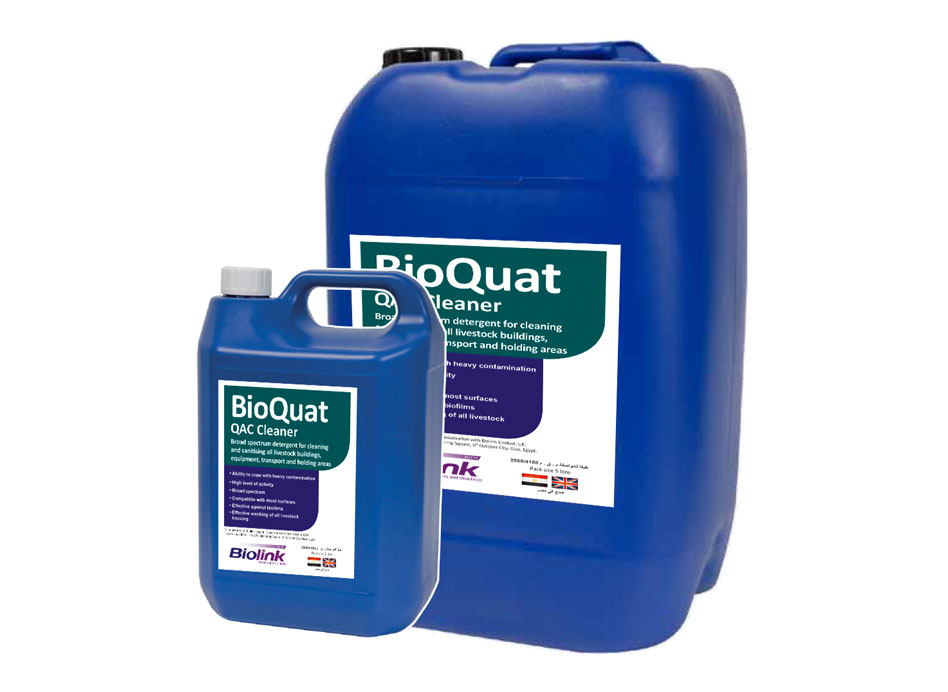Main Types of Disinfectants.
Several broad categories of disinfectants are used in commercial and industrial facility maintenance. Below are several of the most common types. While not an exhaustive list, these cover the large majority used today. If you’d like more detailed information on the pros and cons of these types of disinfectants. Point to note, always remember to put on your P.P.E (Personal, Protective, Equipments) which comprises of Eye googles, nose mask, hang loves and overall when ever you need to use these disinfectants.
1 Quaternary Ammonium Compounds (Quats) A top choice for disinfection in hospital and institutional settings because of their low cost and quick action against a wide range of microorganisms. Quats can be formulated with a variety of detergents to provide both cleaning and disinfecting ability. Nyco’s Ever-Pine disinfectant is an example of a quat-based disinfectant with both cleaning power and broad spectrum kill claims for many common and dangerous bacteria and viruses.
2 Chlorine Compounds Kill an array of organisms including resistant viruses, and are highly recommended for cleaning bodily fluids. Chlorine-based disinfectants are inexpensive and have relatively quick kill times, however they can be corrosive and cause discoloration as well as irritation if not used as directed. Chlorine Sanitizer IIis an example of a chlorine disinfectant, ideal for use in healthcare settings and food preparation processing.
3. Alcohols When diluted in water, alcohols are effective against a wide range of bacteria, though higher concentrations are often needed to disinfect wet surfaces. The downsides are they evaporate quickly (and thus may not remain on the surface long enough to kill), they’re flammable, and they may not have organic soil tolerance claims, meaning they may not be effective when organic matter (blood, for example) is present.
4.Aldehydes Very effective against the bacteria that cause Tuberculosis, yet they need a high part per million (ppm) ratio to be effective for disinfection. Some bacteria have developed a resistance to aldehydes, and have been found to cause asthma and other health problems. They can also leave greasy residue and must be in an alkaline solution.
5. Iodophors Can be used for disinfecting some semi-critical medical equipment but they can stain surfaces and have an unpleasant odor (think Iodine). Idophors aren’t often used in facility maintenance anymore.
6 Phenolic Compounds Effective against pathogenic bacteria including Mycobacterium tuberculosis as well as fungi and viruses, but also very toxic and corrosive, attacking surfaces while they attack the organisms on them. Some areas enforce disposal restrictions on Phenols.
7. Hydrogen Peroxide Often mixed with peracetic acid to achieve specific disinfecting claims. These strong oxidizers can be highly reactive if mixed with other chemicals or come in contact with various surfaces. Their efficacy range is somewhat limited and at high concentrations they are dangerous. All in all, there are much better choices than hydrogen peroxide for facility disinfecting.







